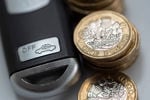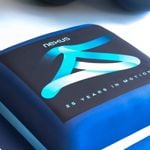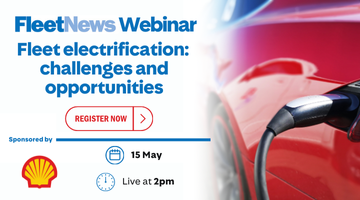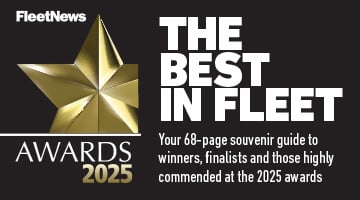The dangers of drink-driving are well-documented but many drivers are still caught out the morning after a heavy night, when they still have alcohol in their system.
Some 17% of convictions for drink-driving occur the following morning.
And, as far as the police and the Crown Prosecution Service are concerned, it doesn’t matter how careful you were to order taxis or designate a driver the night before – if you have too much alcohol in your blood when you’re stopped, you’re in big trouble.
In the majority of cases, drink-driving leads to a ban.
And, for a professional driver, a ban may mean no job.
For the fleet manager, it’s a headache he or she could well do without.
Avoidd Training and Education provides businesses with drink-drive awareness courses approved by the Department for Transport.
The courses are run by way of a learning pack, comprising a DVD or memory stick containing a short film.
The film aims to raise awareness of the danger of the morning after, and shows a driver out for a good time with friends and alcohol who doesn’t drive on the night but gets up early for work the next day.
When pulled over by police for a faulty tail-light, the driver is routinely breath-tested and fails.
Hauled up before magistrates, the driver is banned for a year.
Those watching the video are urged to consider the implications of such an event happening, and appreciate how easy it would be to do if care isn’t taken.
The rest of the video focuses on explaining how the body deals not only with alcohol but also other drugs, both legal and illegal.
It gives advice on how long different drinks take to work their way through the body, and how to work out when it will be safe to drive after drinking.
A quiz tests employees on their knowledge both before and after the film.
Several of the UK’s largest firms use the Avoidd pack to educate their drivers on the dangers of driving while under the influence of drink or drugs, and to cut down on morning-after incidents.
These firms include Tesco, Johnson & Johnson, Biffa Waste Services and the Government Car and Dispatch Agency.
The course can be run in-house as instructions are included in the pack, or those supervising can attend half a day of training.
Avoidd managing director Roger Singer says: “Anyone used to training others in the workplace can run through each course session and then check that each participant has fully understood the contents.”
He emphasises that the course’s focus is not against drinking alcohol.
Test your knowledge
1) Which contains the most alcohol?
a. A pint of Stella Artois (5.2% abv).
b. A 250ml glass of red wine (12% abv).
c. A double gin and tonic (37% abv).
d. They are all the same.
2) What percentage of drink-drivers are convicted the morning after?
a. 5.2%.
b. 7.5%.
c. 17%.
d. 29%.
3) At what rate do most people process alcohol?
a. 0.5 units per hour.
b. One unit per hour.
c. It depends if you’ve eaten.
d. Three pints per hour.
4) If you drank a total of 12 units from 9pm until midnight, when would you be alcohol free and fit to drive?
a. 10am.
b. It depends on your body weight.
c. 11.30am.
d. 2pm.
(Answers at bottom of page)
Case study: Tesco
Supermarket giant Tesco runs a large home delivery fleet. It has just started to run the Avoidd training course for all 7,600 of its home delivery drivers as part of its duty-of-care policy.
Tesco training manager Cliff Cheeseman says: “The number of drivers we employ in our home delivery fleet is expanding in line with increasing customer demand for our online home shopping delivery service.
"It’s an important topic for a responsible retailer like us, and Avoidd’s course delivers the message we need in a format that is simple to use.
"It will form part of the induction process for all the drivers we hire, and become a vital element of our safety awareness training programme.”
Quiz answers: 1) d 2) c 3) b 4) a
















Login to comment
Comments
No comments have been made yet.